Revolutionizing Creativity and Technology
Generative AI is at the forefront of a technological revolution that’s reshaping industries and redefining creativity. Imagine a world where machines don’t just assist humans but actively create alongside us—writing novels,
painting masterpieces, composing music, and even designing buildings.
This isn’t science fiction; it’s the reality that generative AI is bringing to life.
In this comprehensive exploration,
we’ll dive into the depths of generative AI—how it works, its applications, benefits, and the ethical dilemmas it poses.
What is Generative AI?
Generative AI, at its essence, is a form of artificial intelligence that creates new content.
Whether it’s generating text, images, audio, or even synthetic data,
generative AI takes a simple prompt and transforms it into something entirely novel.
It’s like having a creative companion that never tires, always ready to bring your ideas to life with unprecedented speed and accuracy.
A Brief History: From Humble Beginnings to Technological Marvel
The concept of generative AI might seem modern, but its roots go back to the 1960s.
Early forms of generative AI appeared in rudimentary chatbots, which laid the groundwork for more advanced systems.
However, the real game-changer came in 2014 with the development of Generative Adversarial Networks (GANs).
These networks revolutionized the field by allowing AI to generate eerily realistic images, videos, and audio.
This breakthrough marked the dawn of a new era, where machines could produce content that closely mimicked human creation.
The Role of Transformers: The Powerhouse Behind Modern AI
Transformers are the unsung heroes of the AI revolution.
These are a type of machine learning model that has drastically improved the way AI processes information.
Before transformers, AI models were limited in their ability to understand and generate complex content.
Transformers changed all that by enabling large language models (LLMs) to process vast amounts of data efficiently.
These models, such as GPT (Generative Pre-trained Transformer),
can generate text, images, and even entire videos that are almost indistinguishable from those created by humans.
How Does Generative AI Work?
Generative AI begins with a prompt—anything from a word or phrase to an image or melody.
The AI system processes this input using a sophisticated network of algorithms,
generating new content based on the prompt.
For text, natural language processing (NLP) techniques break down raw text into smaller components,
which the AI then reassembles into coherent and meaningful content.
For images, similar processes analyze visual elements, allowing the AI to create new visuals that align with the given input.
Healthcare: A New Frontier
In healthcare, generative AI is pushing the boundaries of what’s possible.
By generating potential drug compounds,
AI is helping researchers find new treatments faster than ever before.
It’s also being used to create synthetic medical data,
which can be used to train other AI models without compromising patient privacy.
Entertainment: Redefining Creativity
Generative AI is revolutionizing the entertainment industry.
From generating realistic special effects to composing original music,
AI is becoming an indispensable tool for creators.
Imagine a world where your favorite show is written and produced by an AI that knows your preferences—this isn’t far off.
Business: Efficiency Meets Creativity
In the corporate world, generative AI is driving efficiency while unlocking new creative possibilities.
AI-generated content is being used for everything from automating customer service interactions to creating personalized marketing campaigns.
It’s also playing a role in product design, helping companies bring innovative products to market faster.
The Ethical Dilemmas of Generative AI
While the potential of generative AI is immense, it also raises significant ethical concerns.
One of the most pressing issues is the rise of deepfakes—AI-generated videos or images that can be used to spread misinformation or deceive people.
These realistic but fake creations pose a significant threat to the trustworthiness of digital content.
The Threat of Misinformation
Generative AI has the potential to blur the lines between reality and fiction.
These AI-generated videos can make it appear as if someone said or did something they never did, leading to misinformation and potential harm.
As these technologies become more advanced, it becomes increasingly difficult to distinguish between real and fake content.
Job Displacement: The Double-Edged Sword
As generative AI becomes more capable, there’s a growing concern about job displacement.
From content creation to customer service, many roles are at risk of being overtake by AI-driven processes.
Bias and Fairness: The Ethical Maze
AI models are only as good as the data they’re train on.
If the training data contains biases—whether racial, gender,
or socioeconomic—those biases can be reflected in the AI’s output.
This raises concerns about fairness and equality, particularly in sensitive areas like hiring or law enforcement.
The Future of Generative AI: Opportunities and Challenges
The future of generative AI is as exciting as it is uncertain.
As AI continues to evolve, we can expect even more advanced applications that push the boundaries of what’s possible.
Imagine AI-generated movies, personalized healthcare, or even AI-driven architecture.
AI-Generated Art and Media
One of the most exciting areas of generative AI is its potential to create new forms of art and media. AI-generated paintings, music, and even movies are no longer just a novelty—they’re becoming mainstream.
As these technologies develop, we might see entirely new genres of art and media, created by AI, that we can’t even imagine today.
Personalized Experiences
As generative AI becomes more integrated into our daily lives, we can expect increasingly personalized experiences. From customized shopping recommendations to AI-generated content tailored to your preferences, the future is all about personalization.
This level of customization could transform everything from how we consume media to how we interact with brands.
Regulation and Governance
As generative AI becomes more pervasive, the need for regulation and governance becomes increasingly important. Governments and organizations will need to develop frameworks to ensure that AI is use responsibly.
This includes addressing issues like data privacy, algorithmic transparency, and the ethical use of AI-generated content.
Conclusion: Embracing the Future with Caution
Generative AI is a transformative force, capable of reshaping industries and redefining creativity. It offers immense potential, from accelerating innovation to enhancing our daily lives.
we must also navigate the ethical dilemmas it presents—ensuring that this technology is use for good and not for harm.










